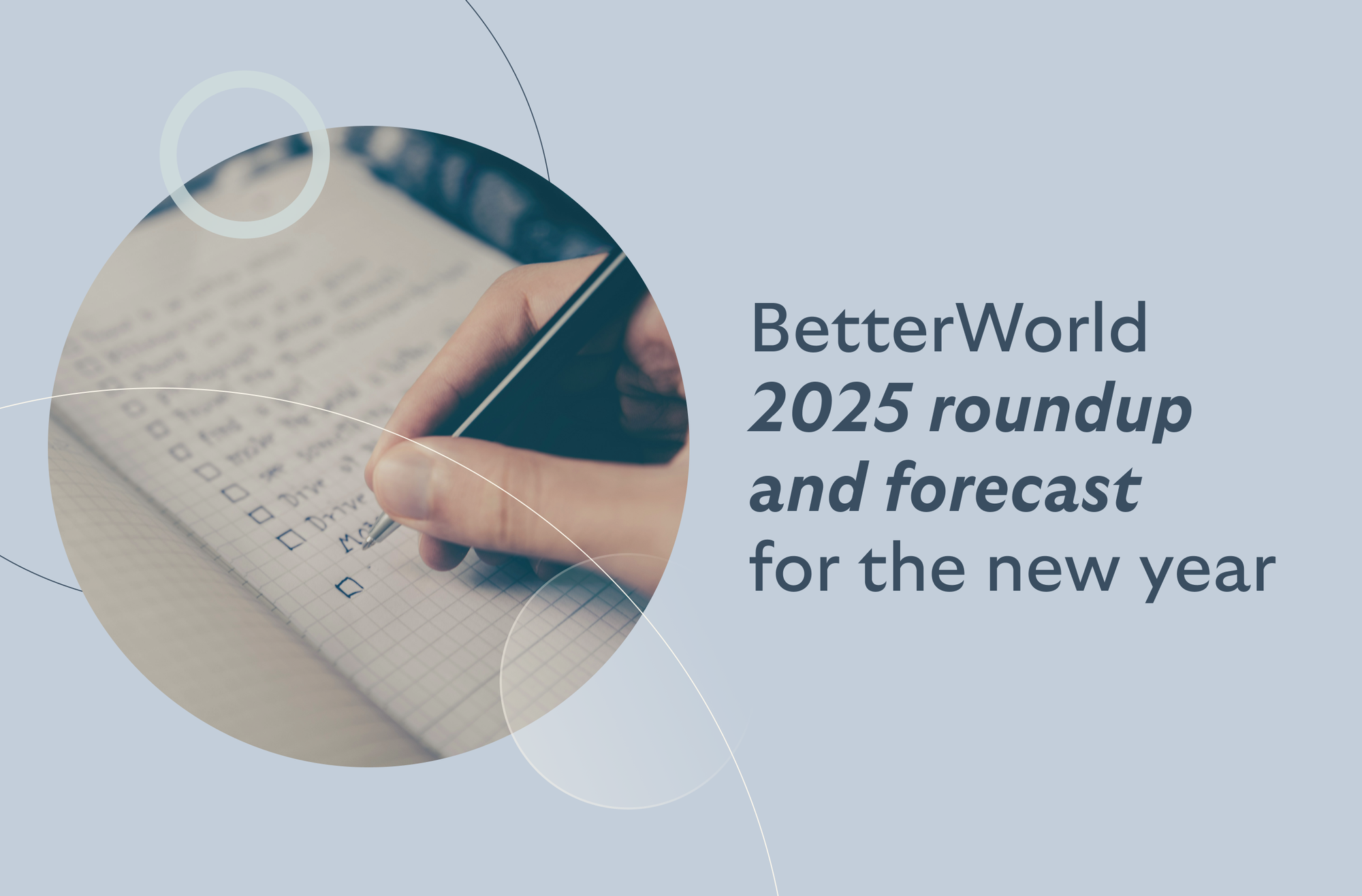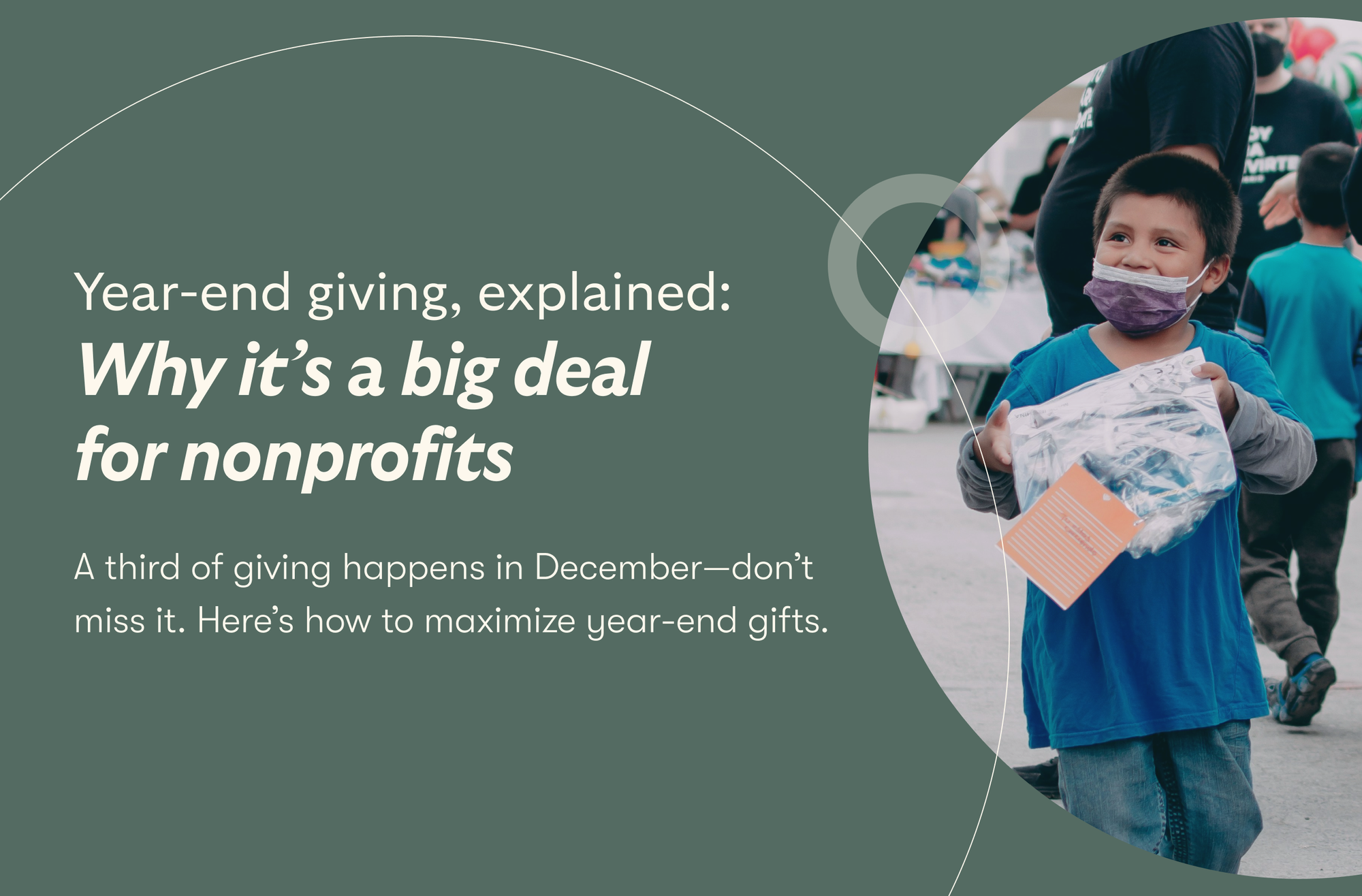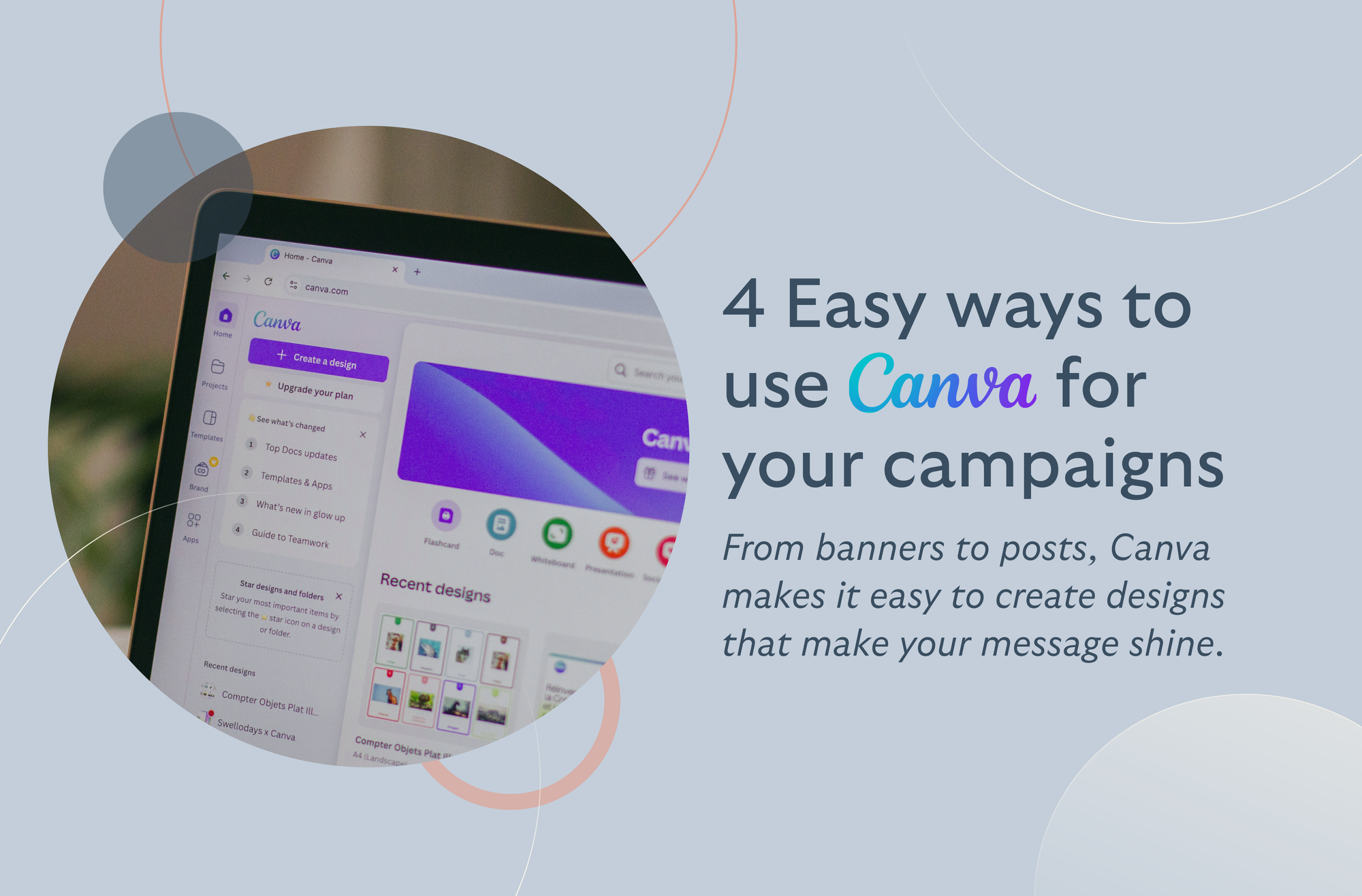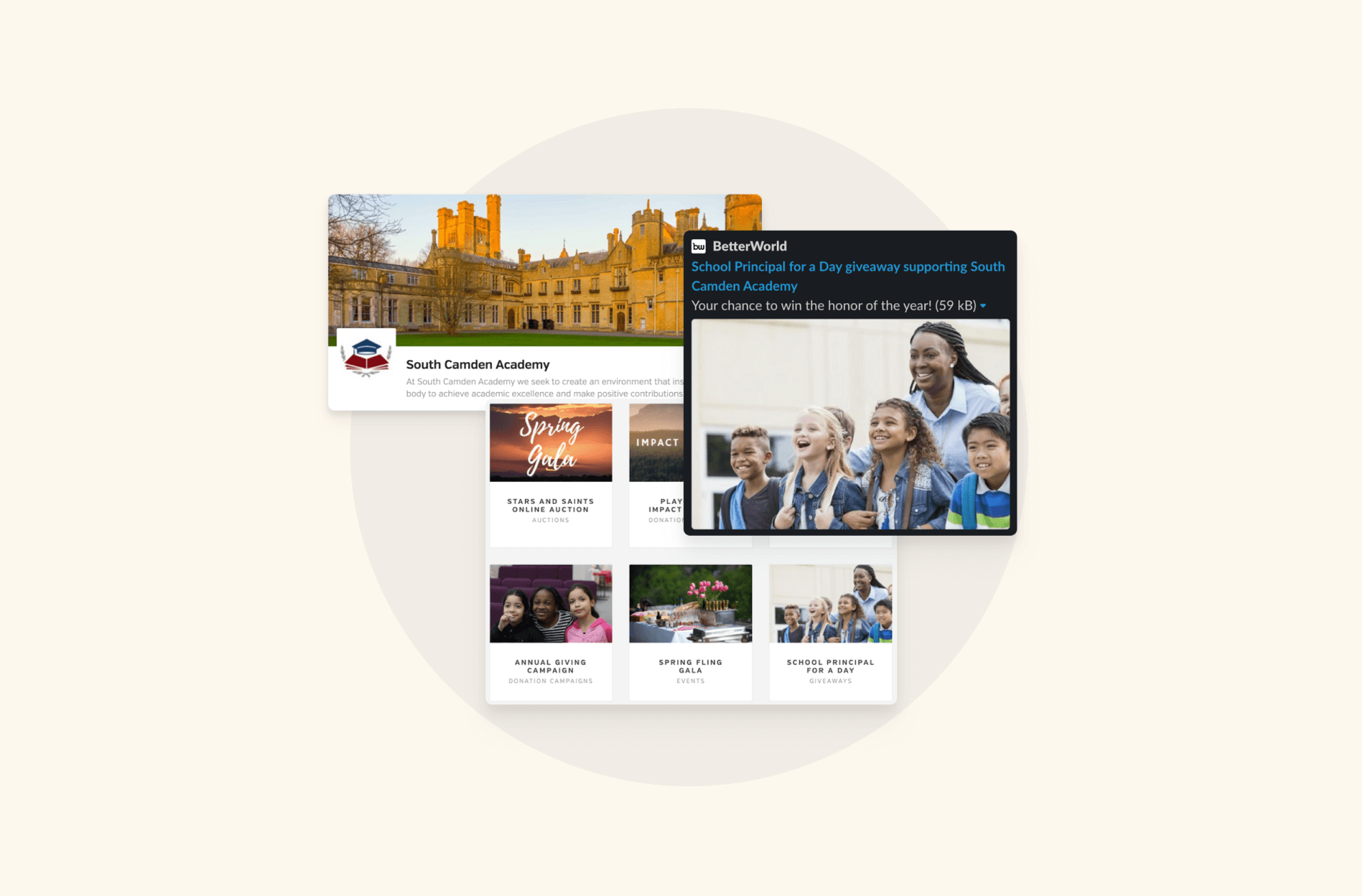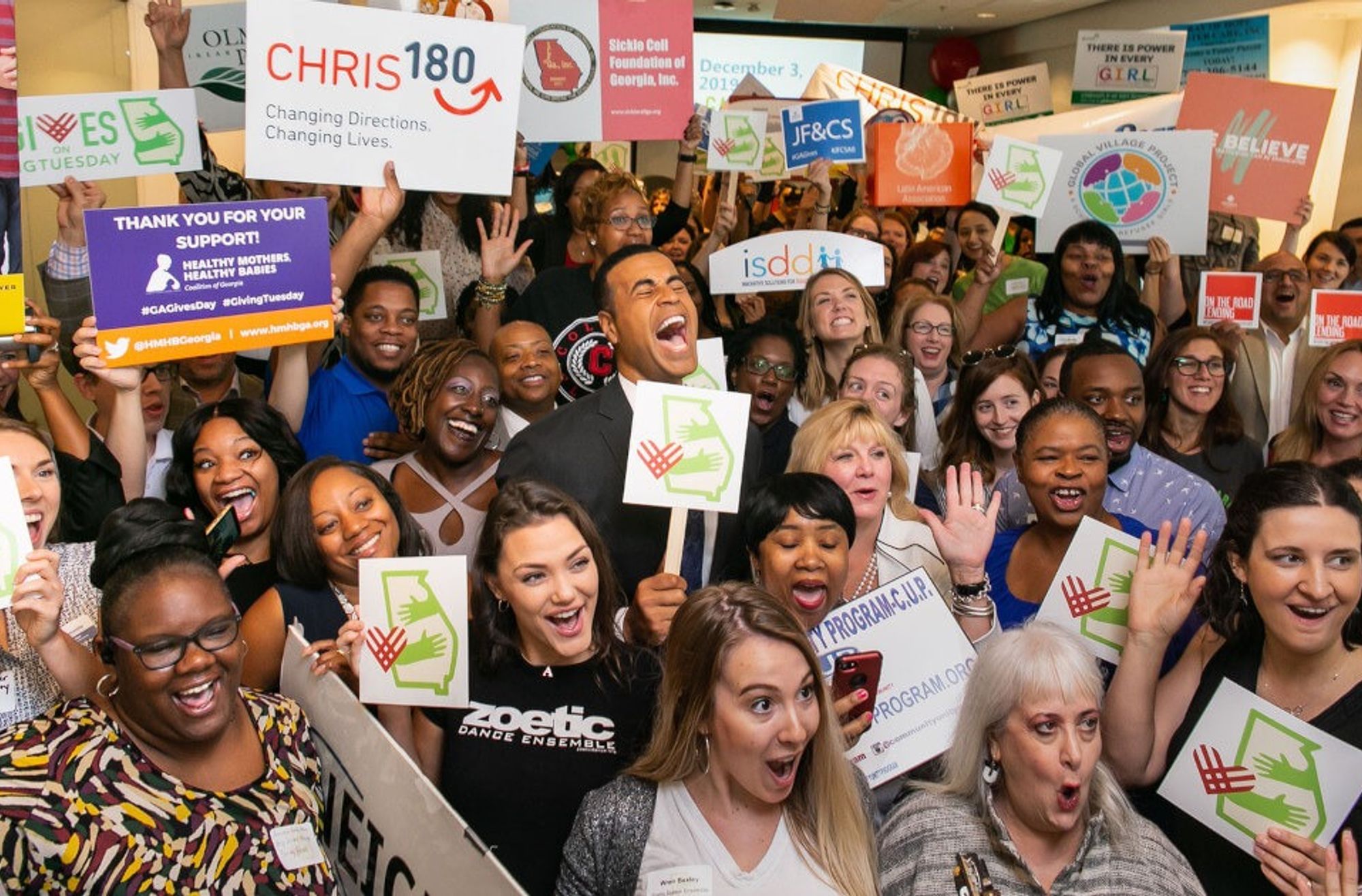Mobile Check-In — easily track and check in donors into any event from any device
Keep your bidders coming back with optional outbid notifications via text
Raise additional funds for your event by displaying sponsors on your online pages
Downloadable table cards with short-links & QR codes to make it easy to bid
How to Measure the Impact of Your Fundraising Events?
By Whit Hunter

In fundraising events, success equals height of impact. Besides raising funds, these events give voice to a cause, a platform to supporters, and bring positive change in the world.
However, to ensure the effectiveness of any campaign, you need to scratch beyond the surface and dig deeper into the metrics that truly matter.
Therefore, in this blog, we will explore how you can measure the impact of your fundraising efforts and drive your revenue growth.
Let’s begin!
Set Clear Objectives
This needs to be the first step of every fundraising event because, without a specific goal, you will only shoot arrows in the dark.
Setting clear objectives is of paramount importance, as it not only provides you with a benchmark to measure your progress and helps you track how well your campaign is doing.
With the goals in sight, you can allocate the time, money, and workforce required for the event. Without clear objectives, you may spend too much or too little in areas that don’t contribute to your mission.
Here are five tips to set clear objectives to maximize the impact of your fundraising event:
1. Define your Purpose
This could include factors like:
- Your primary goal
- Fundraising target
- The cause you’re supporting
- Raising awareness about a pressing issue
Clarifying your purpose will give you a clear view of how to conduct things for the campaign.
2. Be Specific
Instead of setting a vague goal like “raise funds,” set a specific target like “raise $10,000 to support a small cell carcinoma research project within six months.”
This will make it easier to measure success later on.
3. Break it Down
To make your objectives more manageable, break them down into smaller, actionable steps.
For example: to achieve your target of $10,000 in six months, set milestones like: “secure three major sponsors in one month” or “sell 200 event tickets in a week.”
4. Quantify Success
Instead of saying, “increase donor engagement,” say, “increase donor engagement by 20% compared to last year’s event.” This way, you can define what success looks like, and it is more practical for your team to work.
5. Review and Adjust
Keep your objectives flexible and be ready to adjust them if needed.
Pre-Event Metrics
1. Estimate Fundraising Targets
Look at your fundraising history, and see how you performed in the past events.
Check out trends, attendance, numbers, donor involvement, and the money raised, as this will be your starting point.
Next, outline the financial needs of your organization and how much money is required to fund your project. Your assessment needs to be detailed and must account for all event-related expenses.
Once you have identified your financial needs, develop a comprehensive budget for the event.
List out the cost for everything, like:
- Venue
- Marketing
- Catering
- Event management
- Security
- Audiovisuals
- Decorations
- Miscellaneous expenses
If you have secured commitments for a trusted donor or sponsor, that can also provide a solid starting point and can significantly influence your overall fundraising goal.
2. Evaluate Audience Engagement and Interest
You can monitor audience engagement by conducting surveys or feedback online.. This will help you understand their motivations, expectations, and what they want to see at the event.
Social media is a great way to engage your audience. Good interaction, shares, and clicks can show strong audience interest. Analyze which promotional content is performing best and double down on it.
Hosting pre-event workshops or webinars to educate people about the event’s purpose and impact can also spark interest. Try doing that.
If you’re collaborating with influencers, monitor their outreach efforts and the response they’re receiving from their audiences. This will give you insights into the broader interest your event has generated.
During-Event Metrics
1. Monitor Attendance and Participation
The best way to monitor event attendance is to use a digital check-in system. It gives you real-time data, and you can instantly analyze the attendance trend throughout the event.
And if you’re selling tickets, QR codes can help streamline the entry process. This way, you will get an update about the attendance numbers automatically.
2. Social Media Engagement and Reach
Using social media management tools can help you track engagement metrics for each post. These tools aren’t just handy; they’re also super informative.
Here’s what insights they bring to the table:
- Impressions
- Reach
- Follower growth
- Audience demographics
- Content performance
- Click-through rates
- Conversion metrics
- Competitor analysis
- Response time and much more
Use live streaming and story updates on Instagram, Facebook, and Twitter for more real-time interaction.
This is also a great way to answer questions and concerns about your event. Keep analyzing trends and insights for any gaps, and adjust your social media strategy accordingly.
3. Donations and Pledges Received
There are different approaches to handling donations made through various channels.
- On-site donation: Assign staff to oversee and record contributions as they come in.
- Text-to-donation: Implement mobile apps to facilitate real-time donation updates.
- Online donations: Use a smart payment gateway to process donations quickly.
Once someone donates, immediately send a personalized thank-you message to show appreciation for their contribution.
This will foster goodwill and encourage future donations. To create excitement and motivate attendees to contribute, you can also display a live donation total on a big screen at the event.
Post-Event Evaluation
1. Financial Results
Now that your campaign has wrapped up, it’s time to get critical and assess the success of your efforts. Start by gathering all financial facts and figures. This includes how much money you brought in, what you spent, and any surprise expenses. Make sure these figures are accurate.
To determine how well you did, compare your net profit to your initial fundraising target and budget.
Keep an eye out for patterns that show specific trends in donor behavior. This can be useful for future campaigns.
Finally, create a financial report that displays the financial performance of the fundraising event; and share it with stakeholders and sponsors.
In-person events and galas made easy!
2. Attendee Feedback and Surveys
Think of post-event feedback as a chance to chat with the event-goers. You can do this through emails, social media, or your event website by sending surveys.
Once you have collected those valuable responses, look for the areas where you could improve.
Pro-tip: if the attendees drop any suggestions — consider them in your next campaign.
3. Volunteer and Staff Feedback
Set up a meeting with volunteers and staff shortly after the event. Create an open and welcoming space for everyone to chime in.
Once you’ve all the feedback, look for areas that need more work. Don't ignore any issues or concerns raised by your team. Tackle them head-on.
Analyze the Collected Data
1. Compare Actual Results to Goals
Begin by examining the financial data, such as total revenue, expenses, and net profit. Compare these figures to the initial fundraising target and budget you set pre-event. Calculate the variance between the actual results and your goals.
To analyze your fundraising efforts, access donation-related metrics like:
- Number of donors
- Total donations
- Average donation by each participant
Compare these figures to your fundraising objectives. Evaluate other relevant metrics, such as social media engagement, volunteer participation, or sponsor satisfaction, depending on your event's goal.
Calculate performance ratios, such as cost per attendee or return on investment, to get a more comprehensive view of your event's performance. This data will tell you exactly how effective your campaign has been.
2. Identify Strengths and Weaknesses
Identify aspects of your fundraising events that performed exceptionally well. These areas are:
- Revenue scores
- Attendee satisfaction
Your campaign will be deemed successful if the event surpasses the revenue expectations and garners high attendee satisfaction.
If attendance is low, there are budget overruns, or there are challenges in donor engagement, you'll see your areas of weakness.
The reasons may include ineffective social media campaigns, lack of help, or poor marketing strategy.
Irrespective of the reason, identify the gap and strive to fix it for future campaigns. Similarly, use your strengths to your advantage and strive to imitate or enhance them in the next event.
Impact Assessment
1. Assessing Funds Raised Against Organizational Needs
For impact assessment, revisit your organization’s strategic goals and financial needs.
Understand what projects or initiatives require funding and the associated financial targets. Then analyze the total funds raised from the campaign and compare it to the financial needs identified.
After that, determine whether the funds raised align with your organization’s immediate and long-term goals.
Prioritize projects or areas with the greatest need and potential for positive change. For your organization’s long-term sustainability, assess whether the funds raised need immediate needs and contribute to the organization's financial stability and growth.
2. Evaluating Awareness and Community Engagement
Here’s how you know things are clicking:
- more followers
- more people signing up to volunteer
- more people getting involved
That’s a clear sign of a booming community. So, keep an eye on those numbers. They tell you how well the word has spread.
Key Performance Indicators (KPIs)
1. Financial Metrics (e.g., ROI, Cost Per Donation)
Your ROI shows whether your campaign was profitable. You can calculate it by subtracting the money you made from the money you spent.
The donation cost will help you determine the efficacy of your fundraising campaign. The lower this number, the better. It means you made more than you spent.
These two metrics will help you track the revenue growth and help you reflect on the event’s ability to attract and keep donors.
2. Social Impact Metrics (e.g., Lives affected)
If you tie your event to a specific project or cause, track the project-related metrics. For instance, if you’re funding a clean water project, monitor the number of clean water resources established or people served.
Share stories and testimonials from individuals or communities that benefitted from your fundraising event.
Measuring the tangible impact of your campaign by sharing the number of lives affected by the raised funds creates an interesting narrative of the event's purpose.
3. Community Engagement Metrics (e.g., New Supporters Gained)
Community participation is always a good sign. Gaining supporters, sponsors, or a new donor reflects your event’s ability to attract and expand your community.
Even growing numbers on social media and increasing reach show a positive response to your efforts.
If catered correctly, these supporters can turn into your regular donors and engagers in the future.
Tools and Technology
1. Use Technology for Data Collection
Technology is your trusty assistant for creating fundraising campaigns. It does the heavy lifting, saving you valuable time and effort. Plus, it reduces any chances of human error when collecting data.
Here are the top 5 tools used by the top fundraising organizations:
- Blackbaud Raiser’s Edge — donor management
- Google Analytics — data analytics
- Mailchimp — email marketing
- Hootsuite — social media analytics
- SurveyMonkey — surveys/feedbacks
2. BetterWorld for Fundraising
BetterWorld is an online fundraising platform designed only for non-profits. We are all about making your fundraising campaign bigger, better, and more impactful.
Here’s why you should choose BetterWorld for creating your campaign:
- 100% free for nonprofits
- Trusted payment gateways
- Easy social media integration
- Secure and compliant
- Crowdfunding options
- Peer-to-peer fundraising
- Auctions and giveaways
- Streamlined donor management
Our platform is user-friendly, so you can easily raise more funds, engage with your supporters, and fulfill your mission.
Conclusion
It’s not just looking at numbers, it’s about getting insights on what worked and what didn’t at your event because you know how they say there’s no secret recipe for success.
Measuring your event’s impact is about learning, growing, and getting even better at your work. So the next time you come, you prepare for a bigger win.
Are you ready to join?
Click here to request a demo!

Join 105,000+ amazing nonprofits, organizations, and fundraisers on BetterWorld

Let our FREE fundraising tools help you raise more funds with less effort


